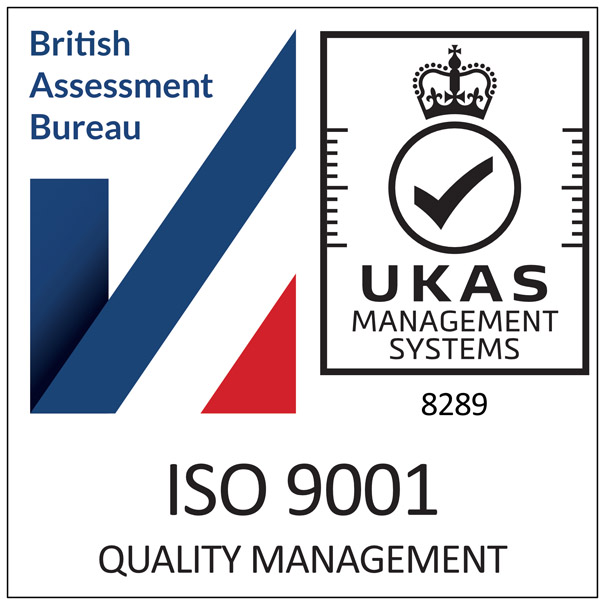
Rising damp is the most common form of damp and can be caused by many factors, not least the great British weather. But whatever the cause, rising damp can do all sorts of lasting damage to a property.
Damp rising from under floors creates unwanted moisture that causes floorboards to rot and the formation of the kind of mould that isn’t good for the health. It can also cause plaster and paint to deteriorate and wallpaper to loosen and peel.
If a building that you’ve done the work on gets these problems, the customer won’t be happy and your pocket and your reputation will take a hit. To help avoid these issues, we’ve put together a brief guide to damp-proofing.
Damp-proofing: liquid solutions vs sheet membranes
The most common damp-proofing solutions are liquid damp-proofing and sheet membranes. But which one is best? Which of these damp-proofing methods will deliver better results for your customers and give you peace of mind?
Liquid damp-proofing is less invasive but installing it is more time-consuming: often, more than one coat is needed and the drying time required is significant. Also, getting the correct layer thickness and an even finish over an entire surface can be difficult. All of this has an impact on your labour costs, scheduling and profit margins.
In contrast, sheet membranes, such as Siteworx Damp Proof Membrane, are easy to use and quick to install. They come in a variety of sizes and can be laid directly on sub-surfaces. Plus, there’s no drying time to be factored in – flooring can be laid on top straight away.
Damp-proof membranes vs vapour-control membranes
When using sheet membranes to guard against damp-related damage to a property, it is vital that you use the right product.
Damp-proof membranes and vapour-control membranes are not the same. Damp-proof membrane is designed specifically for use under floors to stop damp rising into buildings.
Vapour-control membranes prevent moisture from inside buildings getting into walls and accumulating in insulation cavities. Damp-proof membranes can be used in walls, but vapour-control membranes are the better product for this purpose because they are lighter and thinner.
Damp-proof membrane sheets are particularly well suited for covering large flooring areas. This damp-proofing can be put in place quickly and easily, and overlaps can be secured using specialist doubled-sided tape.
The importance of the right building materials in avoiding damp
There are no shortages of challenges on building jobs and one of the most common is damp, in particular rising damp. As a building professional, it is important that you get the damp-proofing right and avoid any damp-related damage. Your reputation and business depend on it.
The aim of this post is to provide you with the information that you need to put in place the right damp-proofing solution and avoid rotting floorboards, peeling wallpaper and toxic mould. With this knowledge, you can make an informed decision about planning and the materials you use on your next building job.
With 20 years’ experience in the landscape industry, Growtivation understands the needs of landscaping professionals and has concentrated on providing high-performance solutions with our Product That Works range.
Growtivation’s wide range of professional landscaping systems means we have the right solution for all common landscaping problems.
Find out more about the Growtivation Product That Works range by downloading our Product Guide and your free copy of our Landscaping That Works guide to weed control and geotextile fabrics.
To find out where you can buy Growtivation products, visit our online Where to Buy facility or contact the friendly team at Growtivation for advice on 0800 197 8885 or email sales@growtivation.com.












